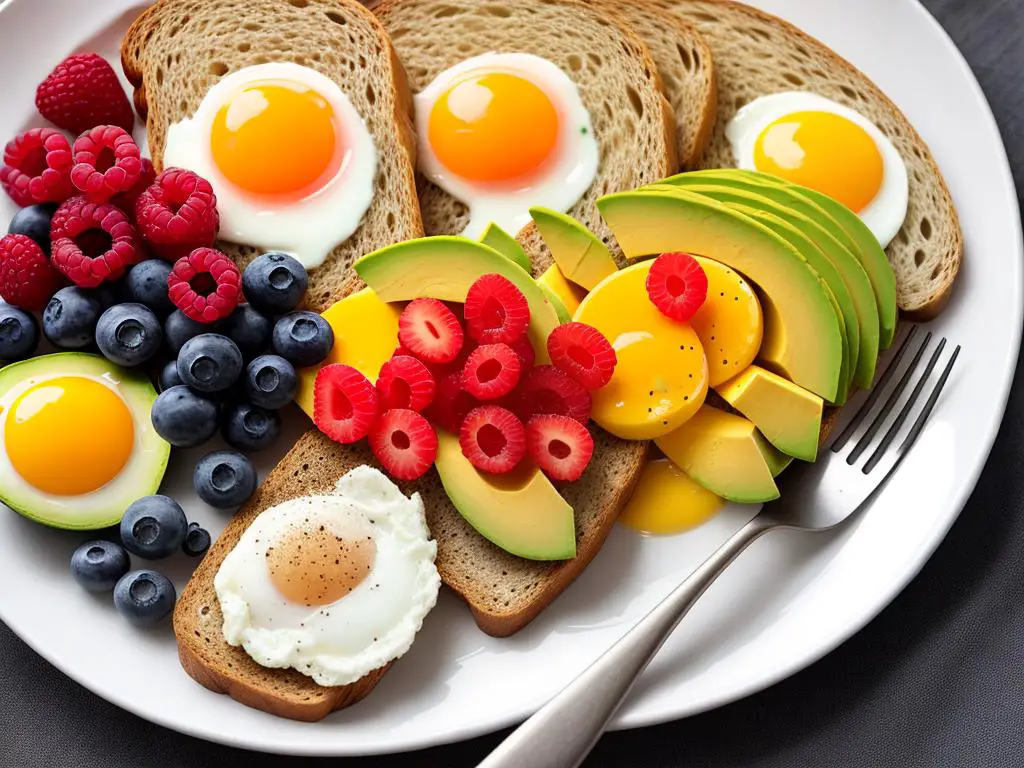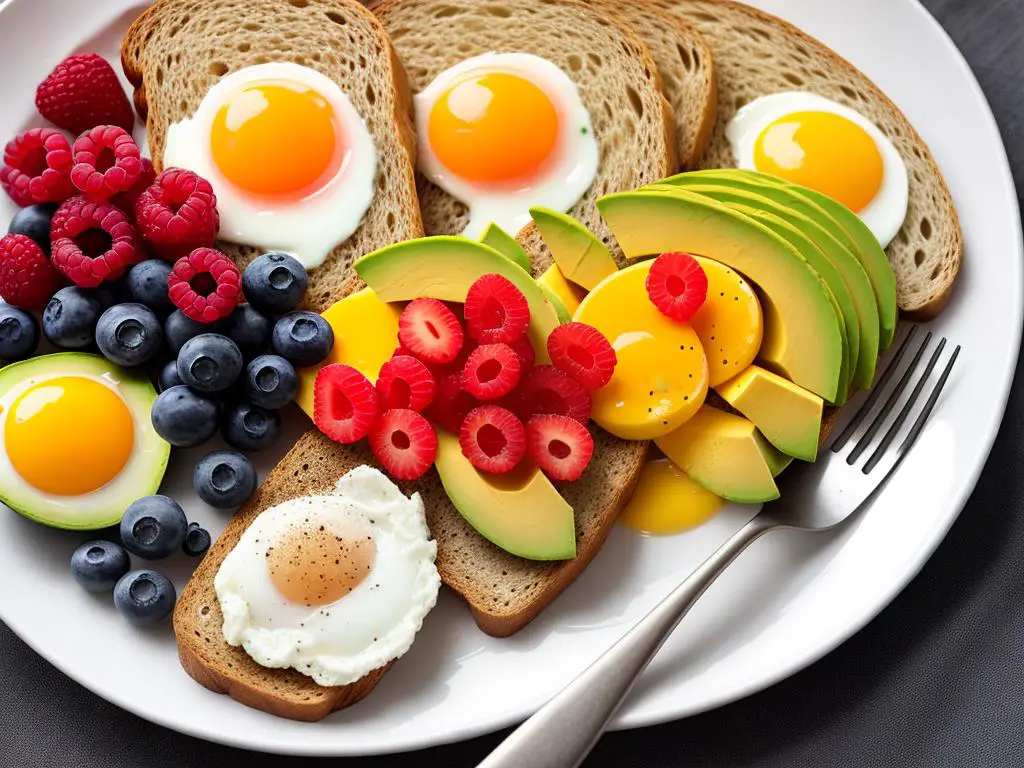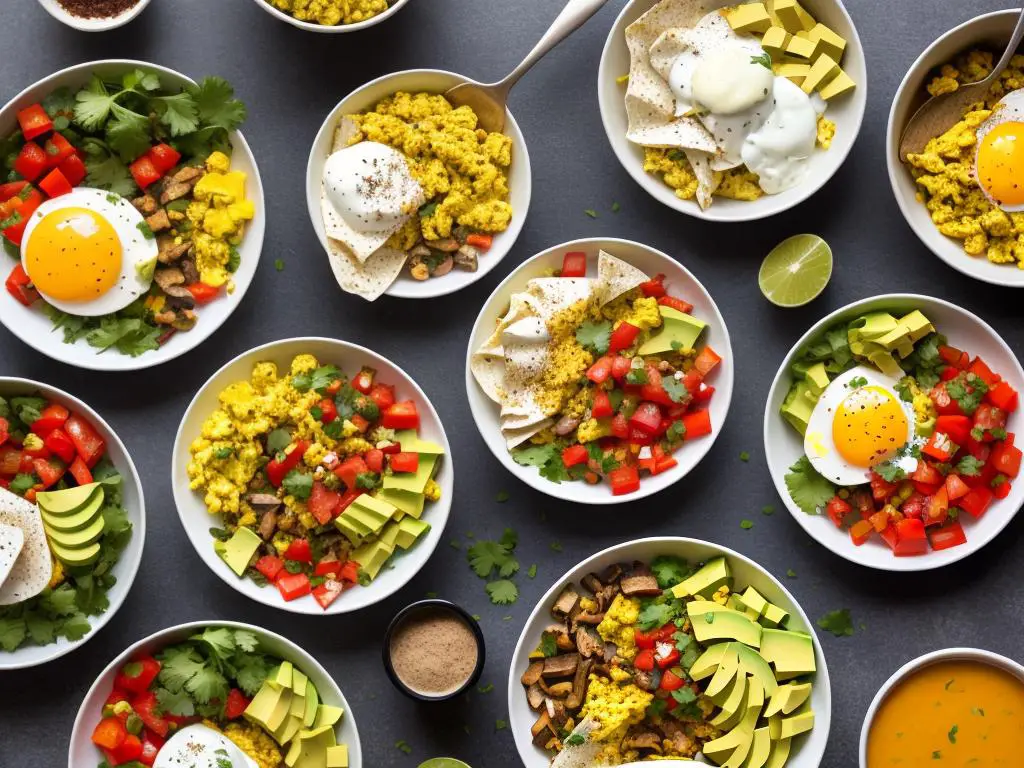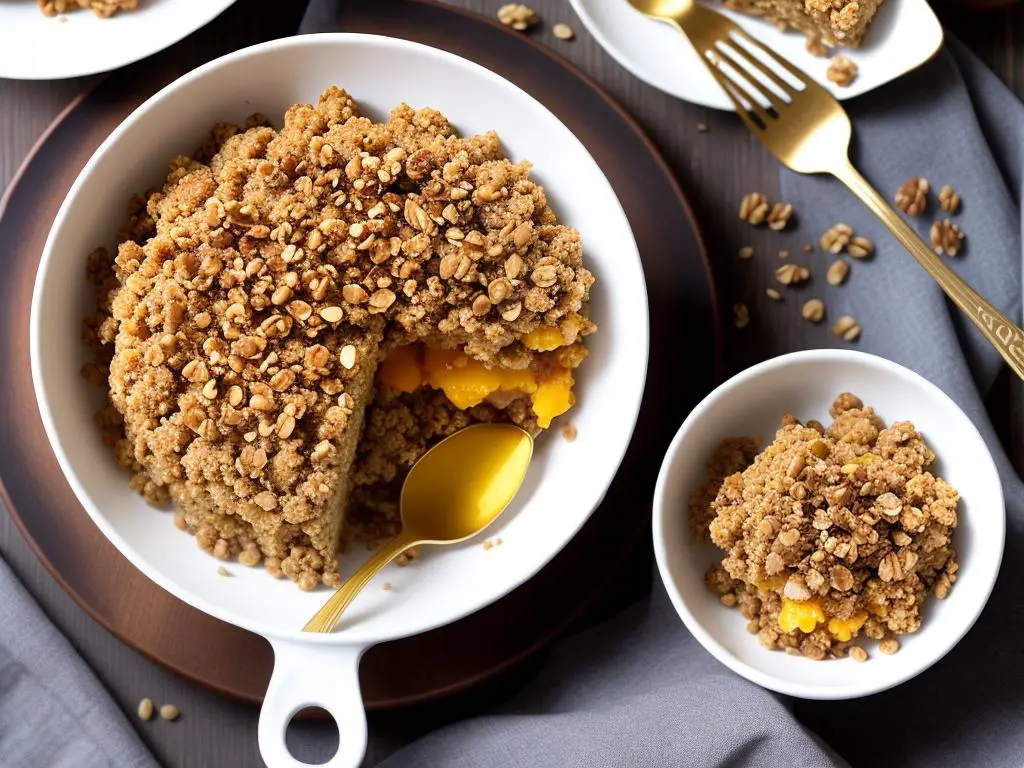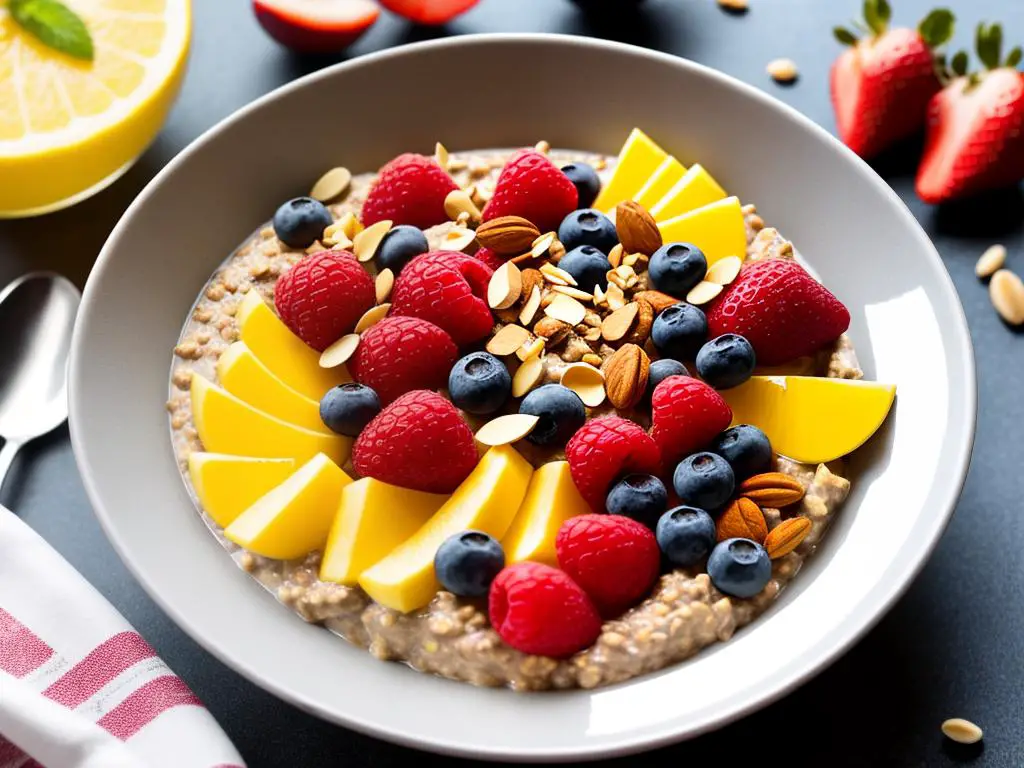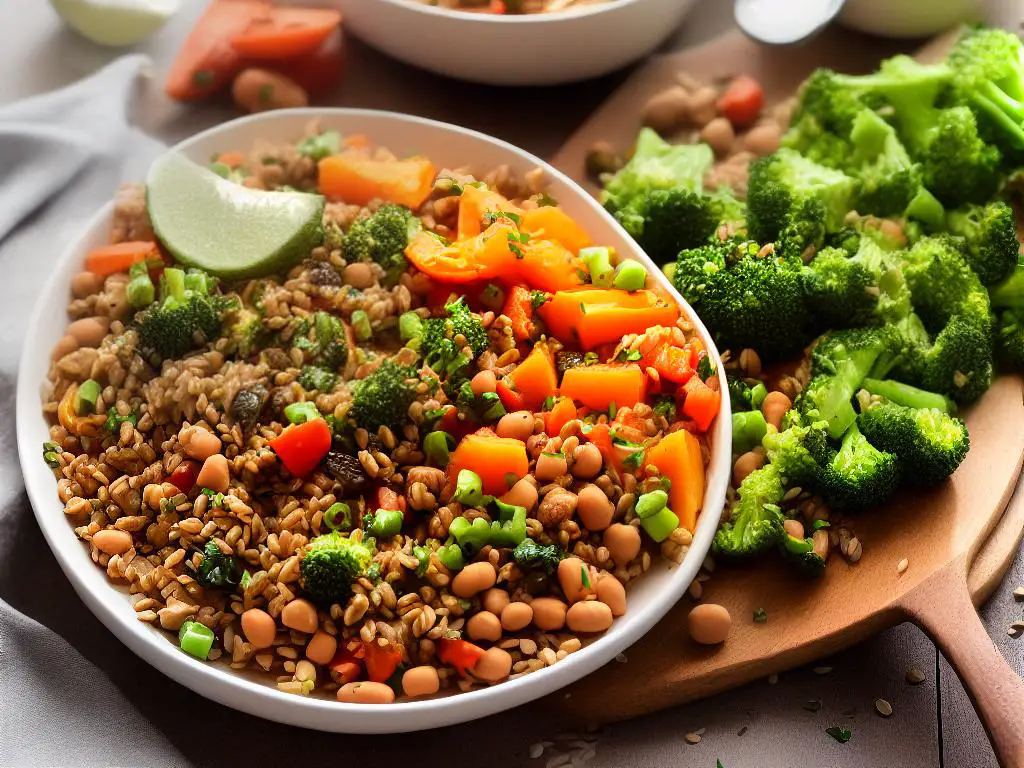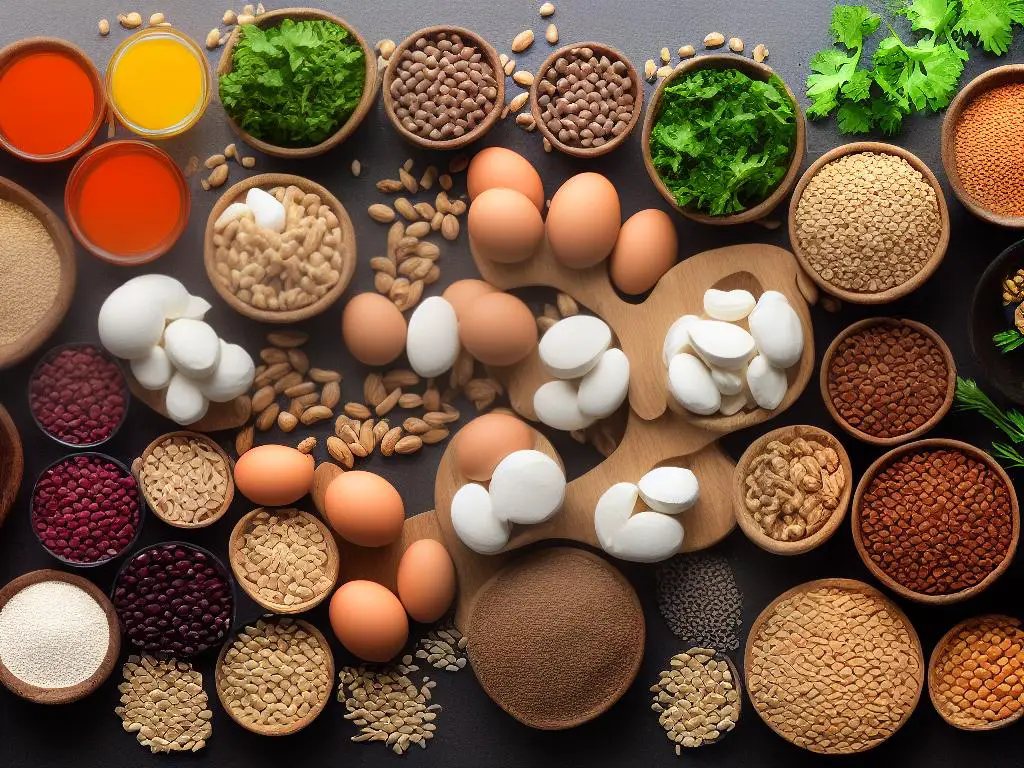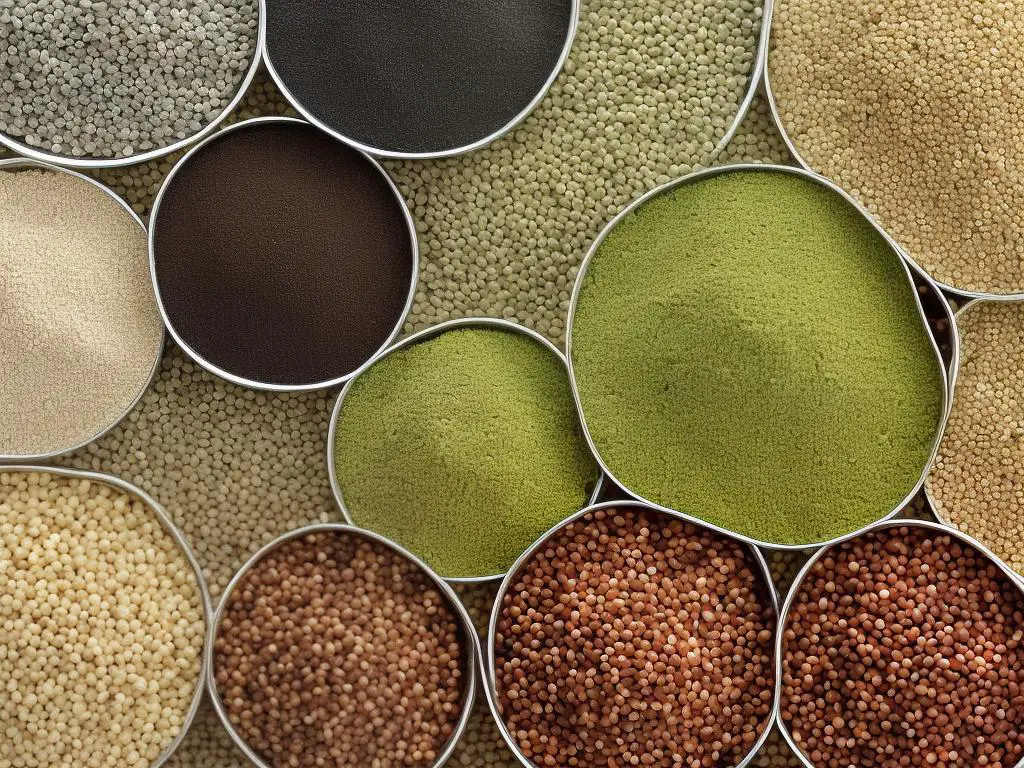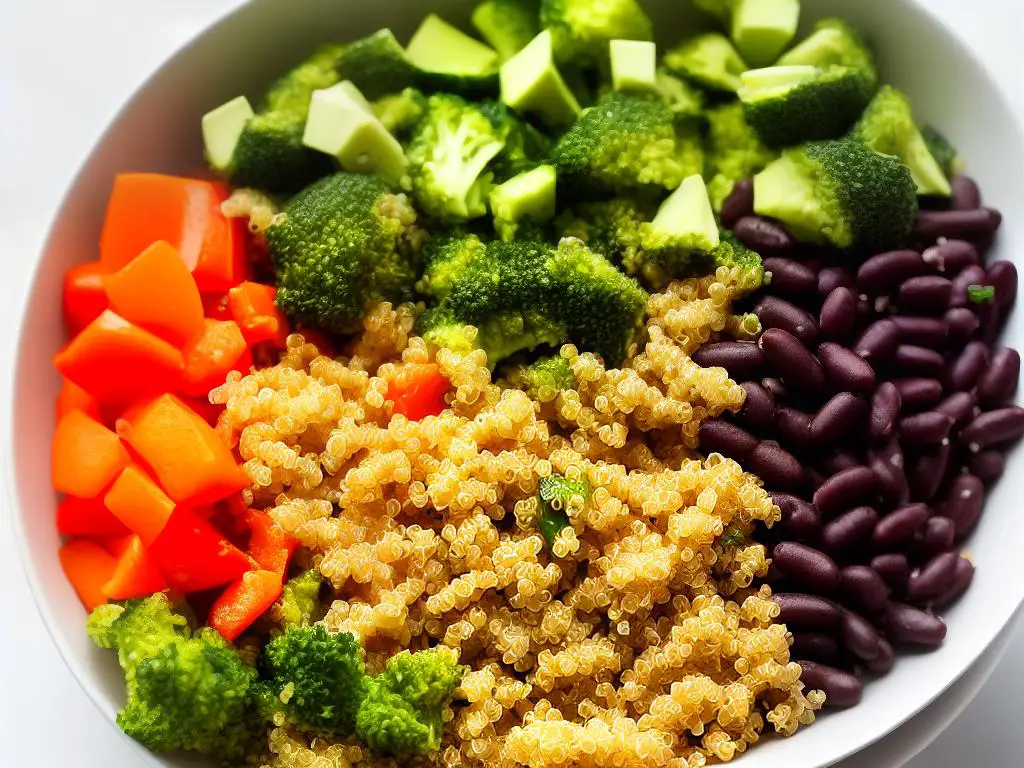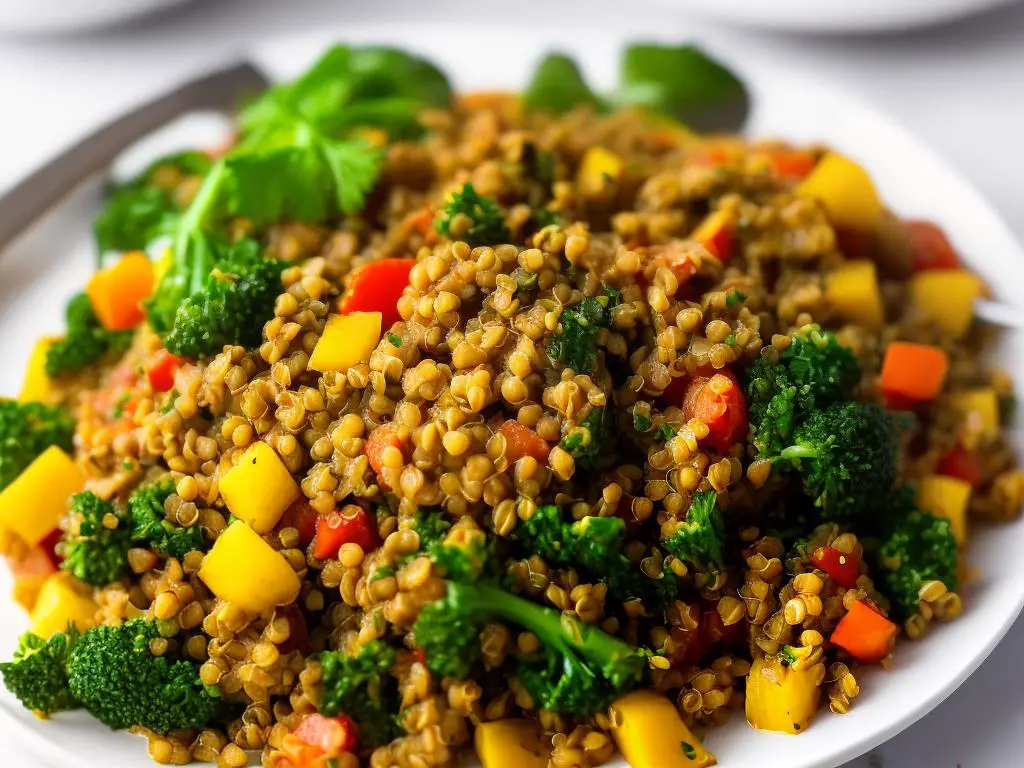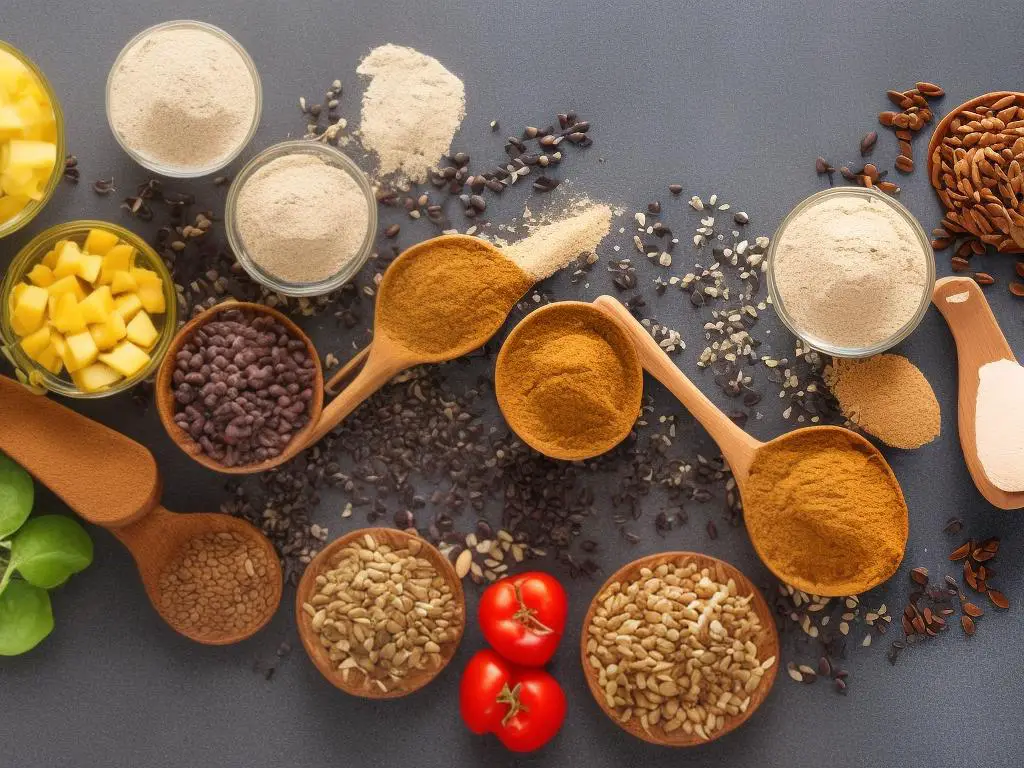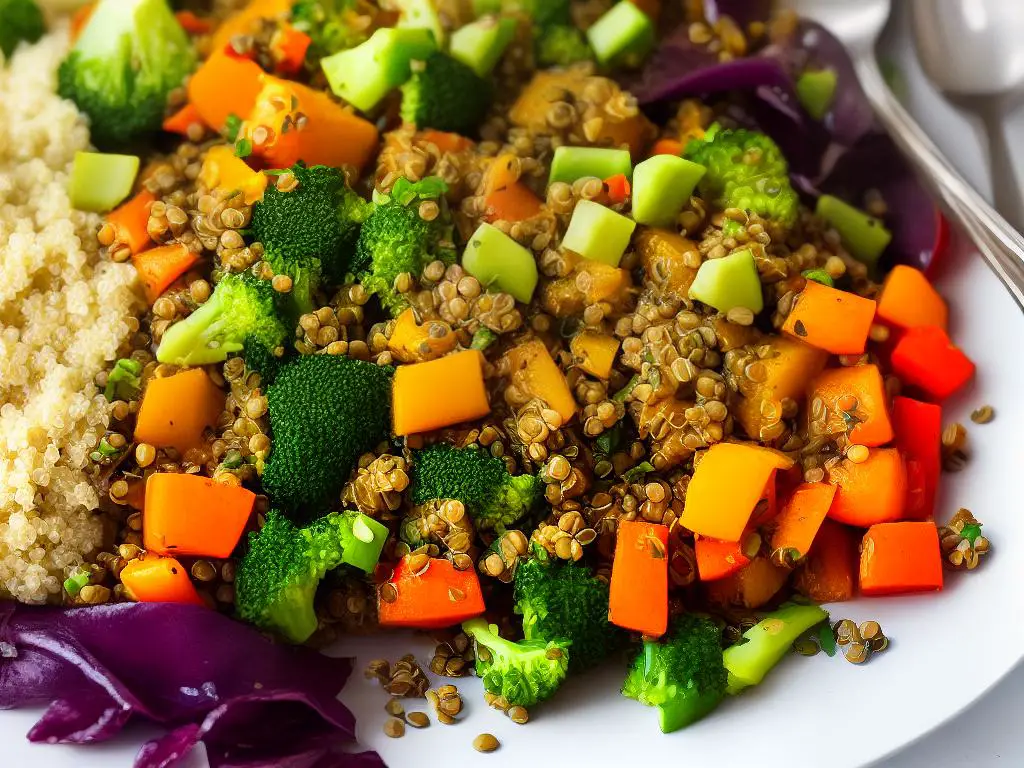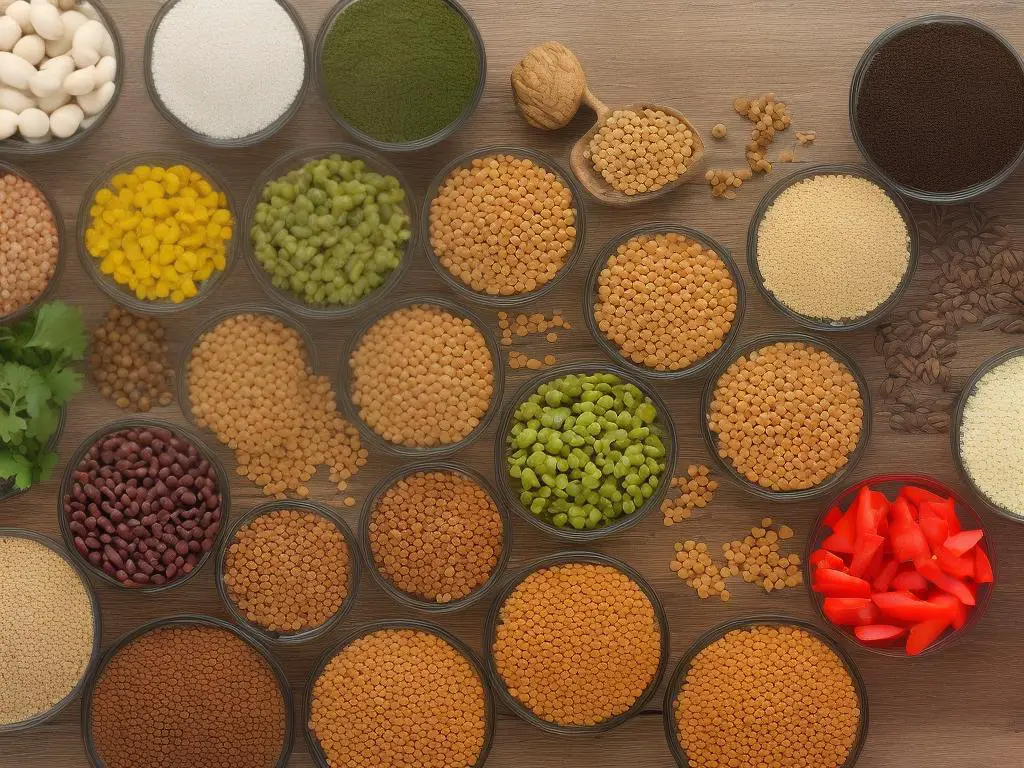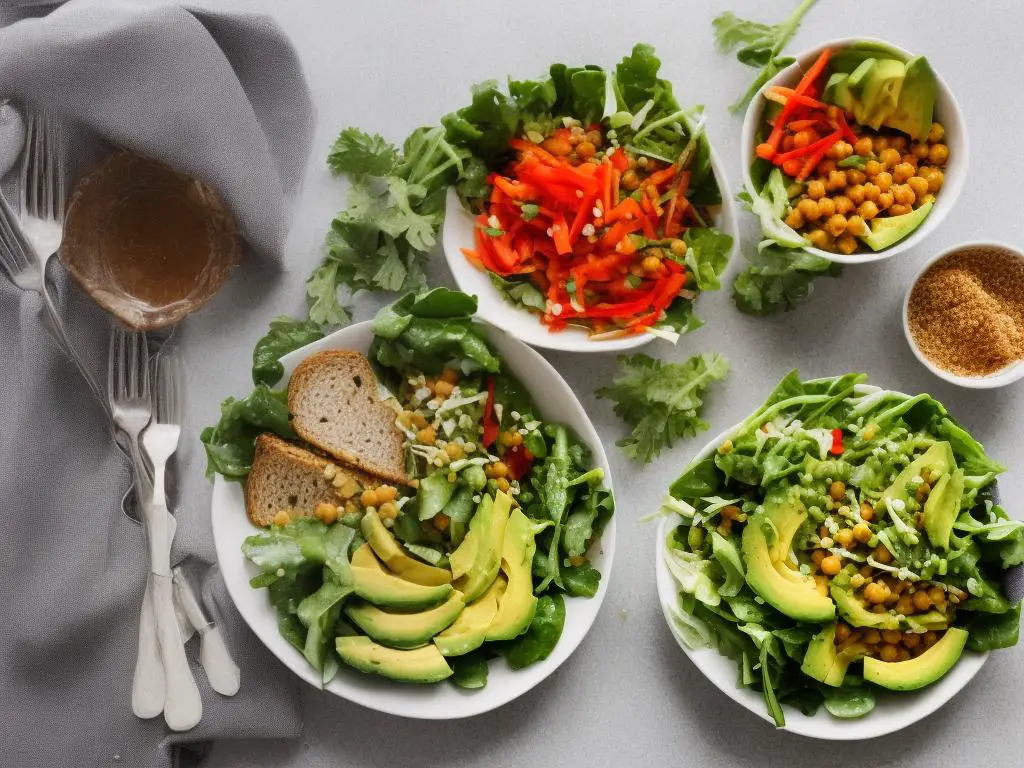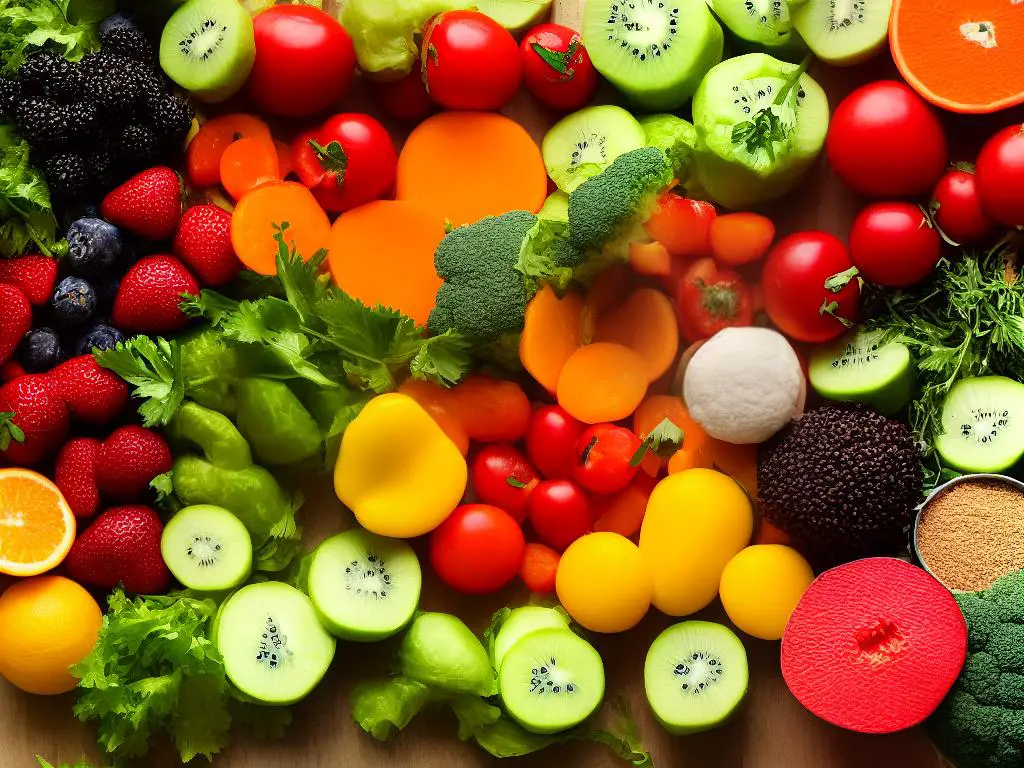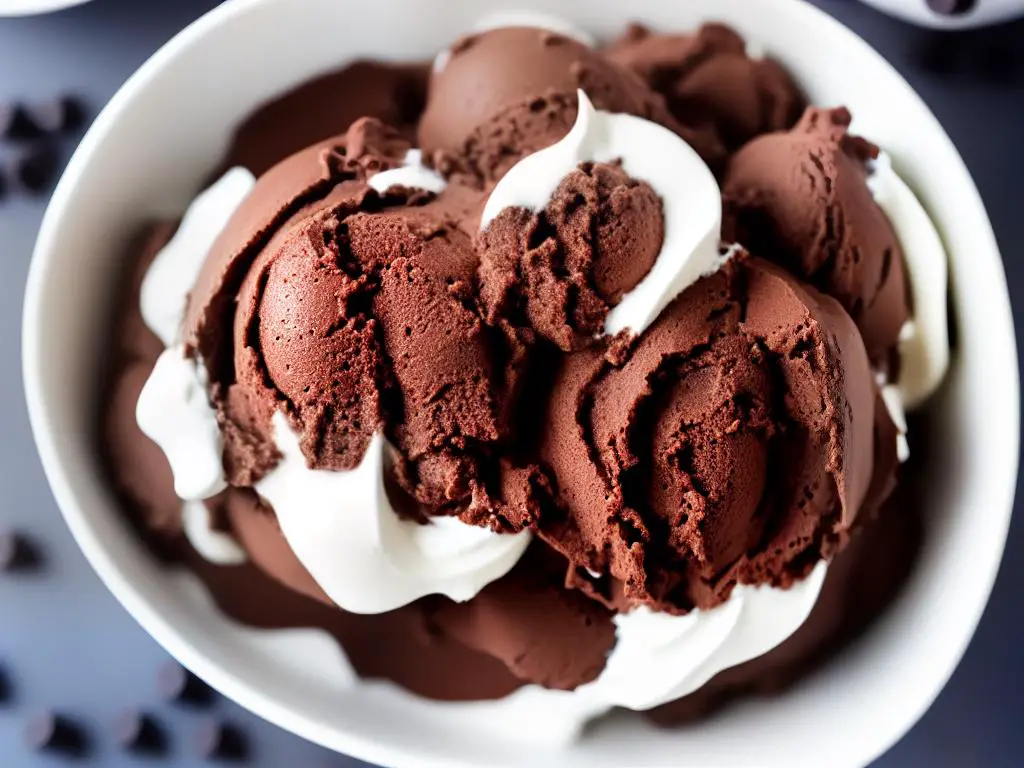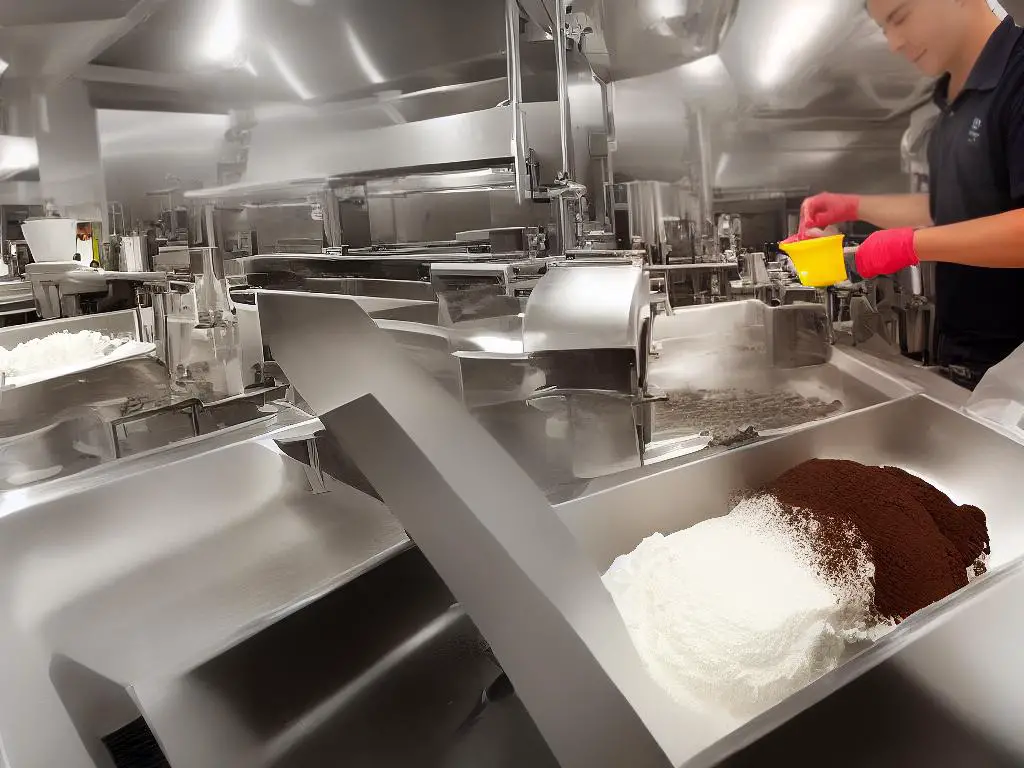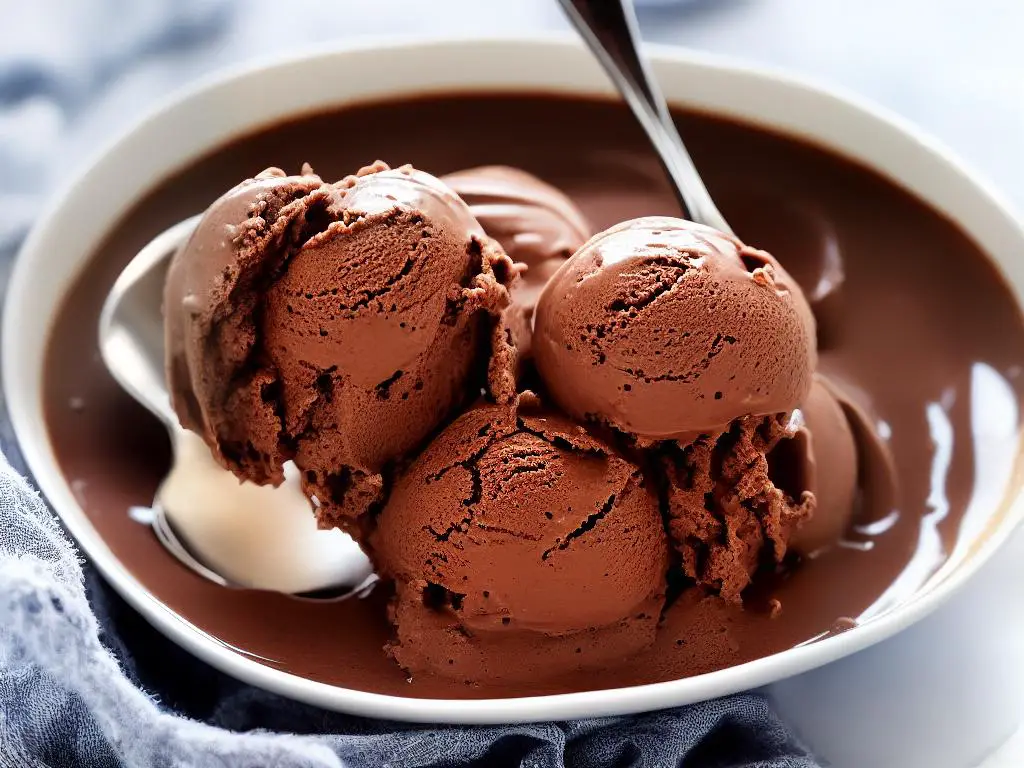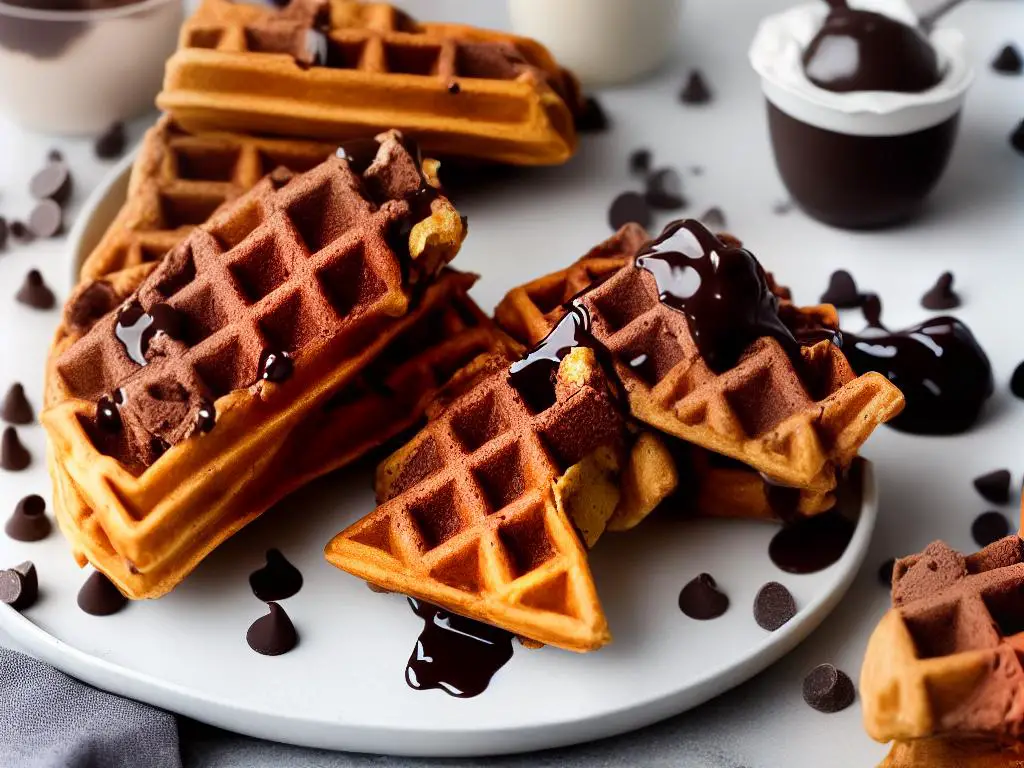Fuels you from within and kick-starting your day with an invigorating boost, the imperative role of breakfast can hardly be overemphasised. However, it’s not just about filling the belly but also about the quality and balance of nutrients, and protein certainly headlines that vaunted list. Embarking on your day with a breakfast that achieves a decorous balance of protein, carbohydrates, and fat not only ensures that your body gets its vital energy but also helps to keep hunger pangs at bay throughout the morning. Sourcing protein need not be a monotonous or pricy affair — there’s a world beyond scrambled or hard-boiled eggs. Foods like tofu, beans, chia seeds, lentils, Greek yogurt and peanut butter not only offer copious quantities of protein but can be incorporated ingeniously into a tantalising array of breakfast options, ensuring an affordable, salubrious and scrumptious start to your day.
Balancing Macronutrients
Balancing Macronutrients: The Secret to Sustained Energy
Embarking on your day with a breakfast deficient in any of the key macronutrients – protein, carbohydrates, and fat – is akin to setting off on a road trip with insufficient fuel. Achieving a balance of these crucial components during your morning meal can provide not only adequate energy but also satiety to carry you through the morning hustle.
The Role of Protein, Carbs, and Fat
Protein is beneficial beyond just muscle building. It plays a vital role in the production of enzymes and hormones and the development of antibodies. Furthermore, it leaves you feeling fuller for longer, thus reducing the snacking urge that can hit mid-morning.
Carbohydrates are the body’s primary source of energy and should not be overlooked during breakfast. These are broken down into glucose, which fuels your brain and muscles.
Fat, often erroneously bad-mouthed, is genuinely a crucial part of a healthy diet. Serving as a carrier for essential fat-soluble vitamins, it also supports cell growth and protection. Certain fats like Omega-3 fatty acids are cardio-protective.
Achieving the Perfect Balance
To avoid feeling listless before lunchtime, aim for a breakfast plate containing a good blend of these three macronutrients. This comes down to careful food selection and portion control.
High-protein foods such as eggs, Greek yoghurt, and quinoa are excellent starting points. Pair these up with complex carbohydrates like whole-grain bread or fruit, which provide sustained energy without drastic spikes in blood sugar levels.
Don’t skimp on the healthy fats, either. Avocados or nuts and seeds deliver a good punch of monounsaturated and polyunsaturated fats, along with fibre, vitamins, and antioxidants.
Sample Breakfast Ideas
In practical terms, this can translate into a nutrient-dense spinach and feta scramble on whole-grain toast, topped with a handful of pumpkin seeds for that dose of healthy fat. Alternatively, a bowl of Greek yoghurt, topped with a portion of berries and a sprinkle of chia seeds, makes a balanced, satisfying breakfast.
Integrating a balance of protein, carbs, and fat in your morning meal can work wonders in providing adequate dietary satiety and sustained energy. Not only does this prevent a midday energy crash, but it also paves the way for a day of heightened productivity and well-being.
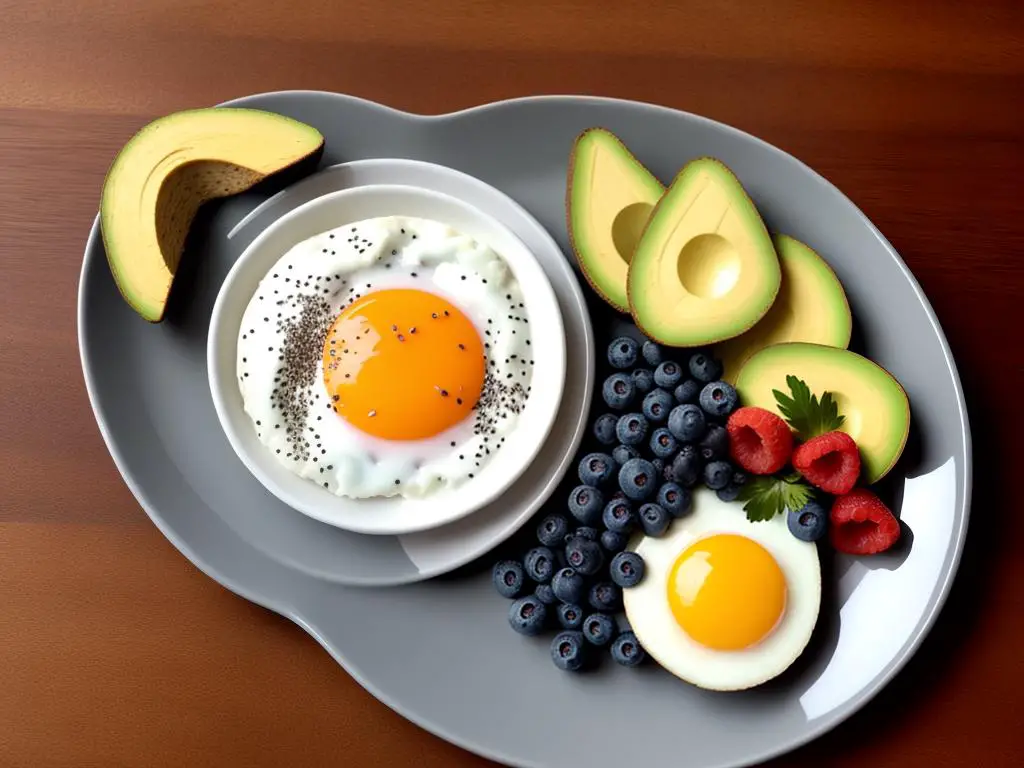
Varieties of High-Protein Breakfasts
Alternative Protein Source: Greek Yogurt and Freekeh
Kicking the day off with a nourishing bowl of Greek yogurt could be the high-protein solution you’ve been searching for. Greek yogurt is a nutritional powerhouse packed with protein, calcium, probiotics, iodine, and vitamin B-12. To level up your Greek yogurt game, try pairing it with fresh fruits like blueberries or strawberries for a hit of antioxidants. Sprinkling some granola on top adds a satisfying crunch and includes healthy fats and fibre.
For an even higher protein twist, consider adding freekeh. Freekeh is an ancient grain rich in protein and fibre, which makes you feel full for longer, preventing overeating throughout the day. Simply boil in water, and when it’s tender, stir it into your favourite Greek yogurt before loading up with your favourite toppings.
High-Protein Plant-Based Breakfast: Tofu Scramble
If you think tofu is bland or uninteresting, prepare to be amazed with a protein-packed, plant-based alternative to scrambled eggs: tofu scramble. The secret to a good tofu scramble is to drain and press firm tofu adequately. This helps it better absorb the flavours of your spices like turmeric, paprika, or any of your preferred seasoning.
Look at the tofu scramble as a canvas to draw with an array of colourful vegetables like red bell peppers, onions, mushrooms and spinach. Combined, these make up a hearty, protein-rich breakfast that will keep you satiated throughout the morning.
Adding a Splash of Protein: Chia Seed Pudding
Imagine waking up to a breakfast so decadent and dessert-like that you forget it’s actually good for you. Welcome to the world of chia seed pudding! These tiny seeds are a nutritional jackpot, offering a significant amount of protein, fibre, omega-3 fatty acids, and antioxidants.
Making a chia seed protein pudding is as simple as combining chia seeds with your choice of milk (dairy or plant-based), a sweetener if desired, and letting it sit overnight. The result is a thick, creamy pudding that you can top with fresh fruits, nuts, or granola.
Overnight Sensation: Protein-Packed Overnight Oats
Another no-hassle breakfast option is overnight oats, which can be customised to match your preferred tastes and nutritional goals. The base of overnight oats is, of course, oats – rich in fibre and even deliver a decent amount of protein.
Adding Greek yogurt or a scoop of protein powder to your mix can amp up the protein content even further. Toss in your preferred mix-ins – nuts, seeds, fruits, cacao nibs or coconut flakes and let it sit overnight. By the time morning arrives, you’ll have a creamy, hearty meal ready to fuel your day.
These dishes make it easy to infuse variety into your breakfast routine while keeping protein levels high. Give them a try and set yourself up for a productive day!
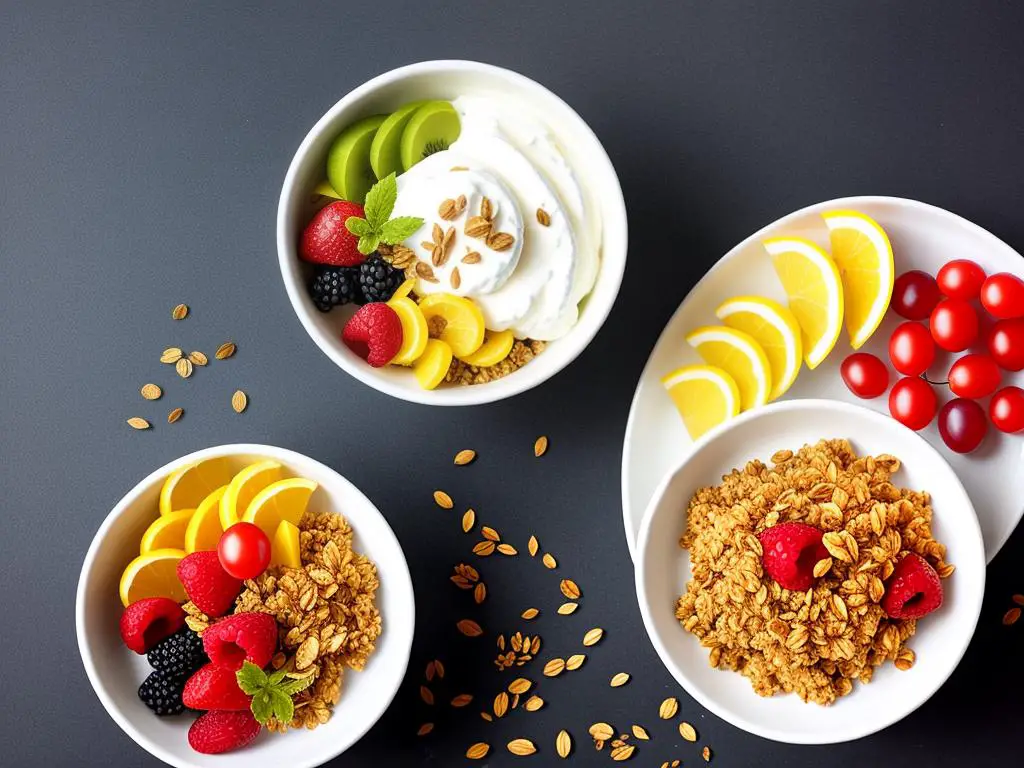
Affordable Protein Options
Shaking off the High-Price Tag Myth for Protein-Rich Breakfast Options
As you venture through the supermarket aisles with a health-conscious mindset, it’s all too easy to be stopped in your tracks by the exorbitant price tags on protein-packed goodies. However, you shouldn’t be fooled into believing that incorporating a more protein-rich diet has to cost a fortune.
Let’s dispel the myth and dive right into the realm of affordable protein sources that not only benefit your health but are also kind to your wallet. A collection of protein-rich ingredients that could seamlessly fit into your breakfast routine are eggs, tinned beans, lentils, peanut butter, and canned fish.
Getting Creative with Eggs
Sensationally versatile and packed with protein, eggs are a truly affordable option for your morning meal. Scrambled, boiled, poached, or whisked into an omelette with a medley of vegetables, eggs provide endless opportunities to start your day on a high-protein note.
Tinned Beans – Breakfast Superheroes
Tinned beans, such as chickpeas or black beans, are not only a wonderful source of protein but also rich in fibre to keep you satiated throughout the morning. Mash them up into a spread for your whole grain toast or toss them in your morning scramble.
With Lentils, Simplicity Works
Lentils as a breakfast ingredient may sound unconventional, but that’s what creativity is all about! Experiment with some delicious lentil patties, or incorporate soft, cooked lentils into your breakfast burritos for a healthy protein punch.
Peanut Butter for a Protein-Packed Start
Peanut butter, when used wisely, is not only scrummy but also a brilliant source of protein. Swirl it into your morning porridge or smear it on whole grain toast for a delicious, protein-filled start to your day.
Canned Fish – Say Yes to Omega-3 and Protein
Tuna or salmon straight from a can bring you protein along with a hefty dose of Omega-3 fatty acids. Incorporating them in your breakfast can be as simple as a tuna-stuffed avocado or a salmon-topped multigrain cracker.
So, the next time you find yourself begrudgingly reaching for the pricey protein bar, remember these affordable and healthful alternatives. With a bit of imagination and kitchen creativity, you can concoct a myriad of inexpensive, protein-rich breakfasts that don’t skimp on taste.
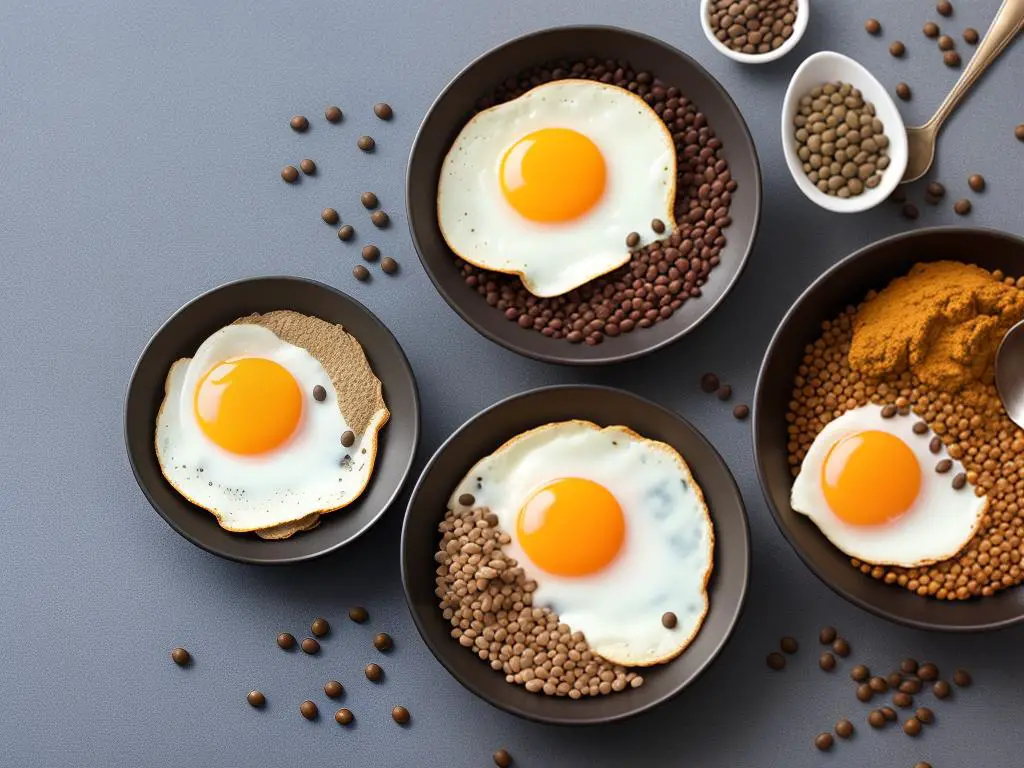
We’ve journeyed through a myriad of protein options, learning that incorporating protein into your breakfast is more than just scrambled eggs or bacon. Alternatives like tofu scrambles, chia seed protein pudding, Greek yogurt with granola, protein overnight oats, and various legumes offer delightful alternatives to ensure your breakfast is not only rich in protein but also varied and full of flavour. Moreover, dispelling the myth that healthy eating is costly, we’ve highlighted affordable protein options like eggs, tinned beans, lentils, peanut butter, and canned fish, demonstrating that a protein-rich diet is achievable even on a budget. Packed with these handy insights and ideas, it’s time to revamp your breakfast and infuse your mornings with a power-packed start!
